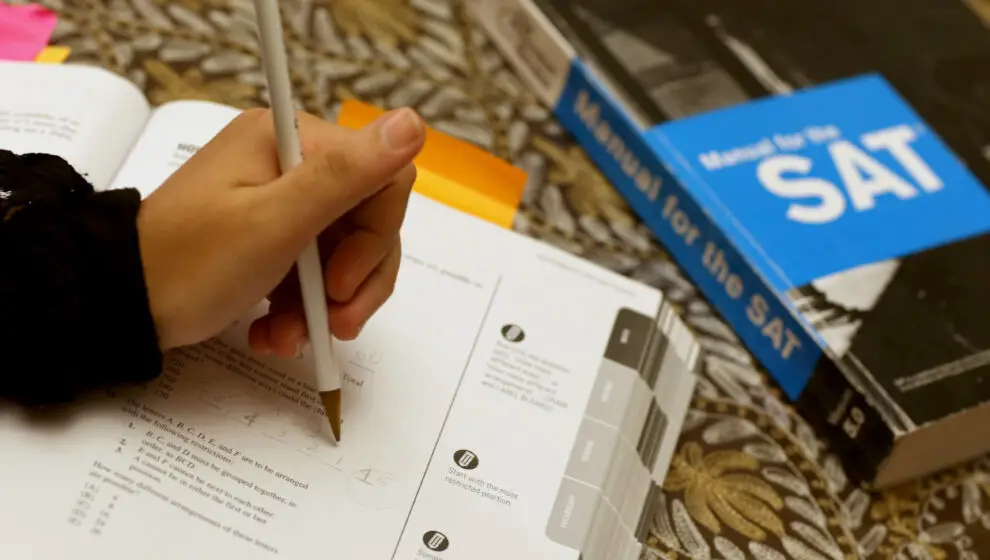New data shows a strong correlation between family income and SAT scores, indicating the exam may act as a “wealth test” that advantages higher-income students.
Key Details
- Students from wealthier families tend to score higher on the SAT than lower-income peers due to advantages like well-funded schools, tutors, and extracurricular activities.
- The pandemic has exacerbated SAT score disparities, with average scores dropping the most among disadvantaged groups.
- Addressing the gap requires increased funding for lower-income school districts and expanding access to test prep resources.
- Children from the top 1% of families are twice as likely to attend an Ivy-Plus college (Ivy League, Stanford, MIT, Duke, and Chicago) compared to middle-class families with similar SAT/ACT scores.
Why It’s Important
The SAT has long been criticized as unfairly favoring wealthier test-takers, and new data backs up that claim. An analysis by The New York Times reports a consistent pattern between family income and students’ SAT scores. On average, teenagers whose families make over $200,000 per year scored about 400 points higher than students from families earning $20,000 or less.
The pandemic has only widened these disparities, likely due to unequal access to remote learning resources. Average SAT scores dropped by 46 points in 2022—the largest single-year decline in decades. However, the declines were not evenly distributed. Students who qualified for free lunches saw average scores drop by 63 points, nearly triple the decline among non-qualifying peers. This underscores the challenges lower-income students face in preparing for standardized tests.
Wealthier students tend to attend better-funded school districts with more rigorous curriculums and advanced courses. Their families can also afford private tutors and test prep services, costing thousands of dollars. These advantages result in much higher average SAT scores than lower-income students, who lack access to the same high-quality resources.
Experts recommend increasing funding for schools in disadvantaged communities to help close the “wealth gap” on the SAT. They also advise expanding free or low-cost test preparation programs to level the playing field. While the SAT aims to provide an objective measure of college readiness, analysts argue that students’ scores continue to be strongly influenced by their families’ economic backgrounds. Addressing these disparities is key to ensuring fairness in college admissions.
